I think everyone is familiar with bananas, but did you have any idea how many kinds of bananas there are? Plantains and chatas (a shorter, fatter looking version) are both only used when cooked. They can either be used when they're green, which makes them starchy tasting, similar to a potato, or when they're ripe- not just yellow, but heavily blackened, which makes them sweet tasting. They are commonly deep-fried and served as a side with breakfast and with other meals, but the green ones are also often boiled and found in typical local dishes like tapado and mccoy.
Regular bananas can also be used as cooking bananas when they're green. Bananas aren't sprayed with ripening agents like they are in North America, so if you'd like to eat your banana as is without cooking it, don't purchase it green at the store, it won't ripen within a few days like you might be used to at home. There are also small bananas that are very sweet, called apple bananas.
Also familiar to most are mangoes. Again, there are several varieties, and during mango season (May-June), there are mangoes everywhere! The kind that are most common are pretty stringy, so it's sometimes worth buying the ones that are being sold that aren't stringy. Hondurans also love to eat mangoes when they're still green. They're commonly sold cut up in slices, with a little mix of of vinegar, salt and pepper to dip them in. Not my thing, but my kids love it.
Before living in Roatan, I never knew how cashews grew. They grow at the end of the cashew fruit, which is also edible. I don't like cashew fruit, I find it has a chalky after-taste, but others enjoy them, and they can be crushed to make a juice. The actual cashew nut needs to be roasted before the shell is tapped off and the nut can be eaten: if you try to bite into the nut before it's roasted, it can make your lips all swell up!
Breadfruit is another great island fruit. It's starchy, and can be used similar to potatoes. The huge globe needs to be peeled and cored, and then the fruit can be cooked in several different manners.
You'll also find guavas, hog plums, papayas, avocadoes, limes and sea grapes on the island. One of my favourite treats, which I think just are grown on the mainland, but are sold all over the island, are ramutan, the little hairy balls that some people call lychees (this is actually incorrect, as lychees don't have all the hairy little pokeys on them).
A fruit that I wouldn't want to bite into is the noni, because the taste and smell is awful, but it is a special fruit. The noni is known as a healing fruit- the juice is sold to cure a variety of ailments, and even the leaves of the tree can be used by wrapping them around different body parts to reduce fever or to help with arthritis.
What tropical island would be complete without coconuts? Many people don't realize what coconuts look like before they're husked. The liquid often found inside a coconut is coconut water, not to be confused with coconut milk. To make coconut milk, the ripe coconut meat must be finely grated, and then either put in a sieve or with some kind of porous cloth while water is poured through, running out the other side as coconut milk. It's a pretty lengthy process, so some people opt to use a blender instead of grating the coconut (https://youtu.be/Bm-gQgnBfx8 ).
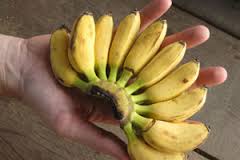
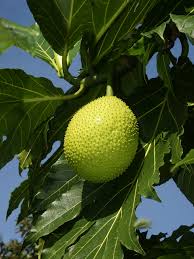
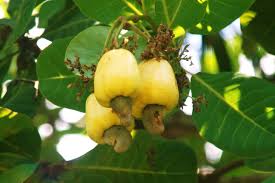
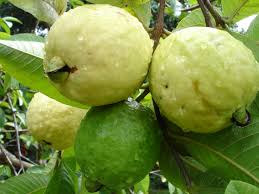
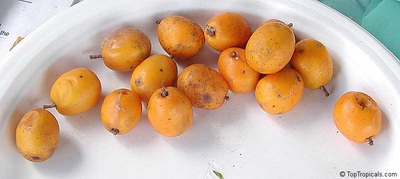
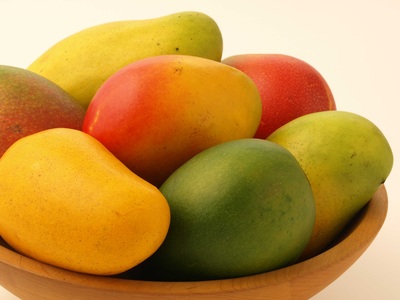
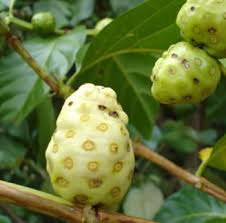
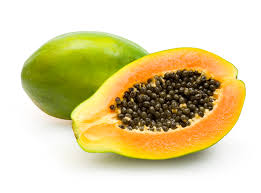
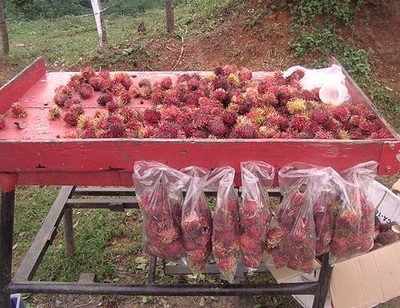
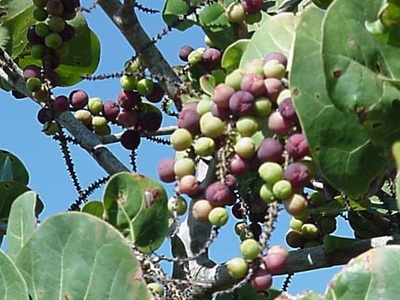
 RSS Feed
RSS Feed